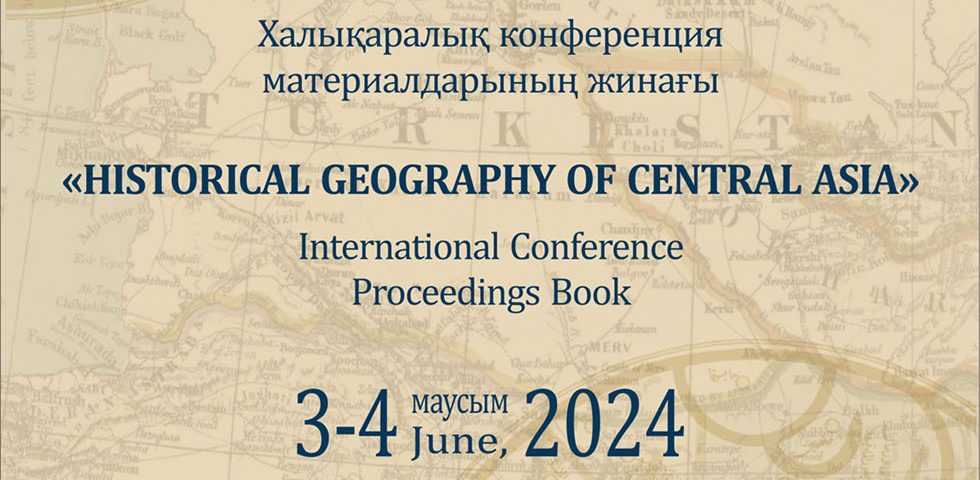Historical geography is an interdisciplinary field that explores the evolution of geographic spaces and places over time, shaped by human activities, natural processes, and cultural developments. Unlike general geography, which primarily focuses on physical and environmental aspects, historical geography examines the dynamic interactions between people and their environments across different historical periods. By integrating history, archaeology, cartography, and ethnography, this field provides a comprehensive understanding of how societies have influenced and been influenced by their surroundings. Studying historical geography is essential for understanding the social, political, and economic forces that have shaped regions over centuries. It allows scholars to trace the evolution of borders, the rise and fall of empires, and the development of trade routes, as well as the impact of migrations and conquests. This knowledge is crucial not only for historians and geographers but also for policymakers and planners who seek to understand the long-term implications of human- environment interactions.
Central Asia, which includes modern-day Kazakhstan, Uzbekistan, Turkmenistan, Kyrgyzstan, and Tajikistan, is a prime subject for historical geography due to its role as a cultural crossroads, a hub of trade, and a battleground for empires. Positioned at the intersection of East and West, Central Asia has been shaped by various civilizations, from early nomadic tribes to Silk Road city-states and powerful empires like the Mongols and the Timurids. Understanding the historical geography of Central Asia is key to unraveling its rich past and global significance.
The historical geography of Central Asia is characterized by its strategic location along the Silk Road, the interaction between nomadic and sedentary societies, and its status as a frontier for various empires. The Silk Road was not just a trade route but also a conduit for ideas, religions, and cultures. Cities such as Samarkand, Bukhara, and Merv became centers of cultural and intellectual exchange, blending Persian, Arab, Chinese, and Indian influences. Studying these cities’ historical geography provides insights into the region’s economic, social, and cultural dynamics.
The region’s vast steppes were home to various nomadic groups, whose movements influenced trade, warfare, and cultural exchange, while settled communities developed agriculture, irrigation systems, and urban centers in fertile oases and river valleys. The tension and cooperation between these nomadic and sedentary lifestyles created a unique pattern of development in Central Asia.
Additionally, the imperial ambitions of powers like the Persian Empire, the Greeks, the Arab Caliphates, the Mongols, and the Russian Empire have significantly impacted Central Asia’s landscape. Each empire’s conquest and administration shaped the region’s cities, trade networks, and cultural influences. Modern research in historical geography, using advanced 7 tools like digital mapping and archaeological discoveries, continues to enhance our understanding of these dynamics.
This book consists of the full texts of the scientific papers presented at the international conference “Historical Geography of Central Asia,” organized by the Eurasian Research Institute as part of the Historical Geography of Central Asia BR21882416 project, supported by the Ministry of Science and Higher Education of the Republic of Kazakhstan. Considering the scope of these papers, it is evident that they touch upon many important topics related to the history and geography of Central Asia. On this occasion, I would like to congratulate the chapter authors and express my gratitude to the Ministry of Science and Higher Education of the Republic of Kazakhstan for their support.

